Words: Liam Friary
Images: Cameron Mackenzie
The Ride – Part One: The small village of Ruatahuna is home to just over 200 residents. Whilst the area has been developed, there’s still a sense that you’re deep in the bush. I started at the cafe, and as I rolled out of the small village, past broken down cars, roaming horses and smoking chimneys, I saw the last of any civilisation I’d see for a long while. Out the door, I had an unrelenting 14km climb. The ascent was Taupeupe Saddle, zig-zagging its way up the Te Urewera ranges. The saddle reaches 900+ metres above sea level. Vast views over layers and layers of mountains could be seen from all angles – there’s a real sense of being away from it all out here. The same goes for anyone living in Te Urewera; it’s not for the faint hearted. It’s a hearty area that has a ton of texture. Rimu stood tall amongst the native forest; bird song was loud and clear; the trees were wrapped in moss. The serenity was unreal.
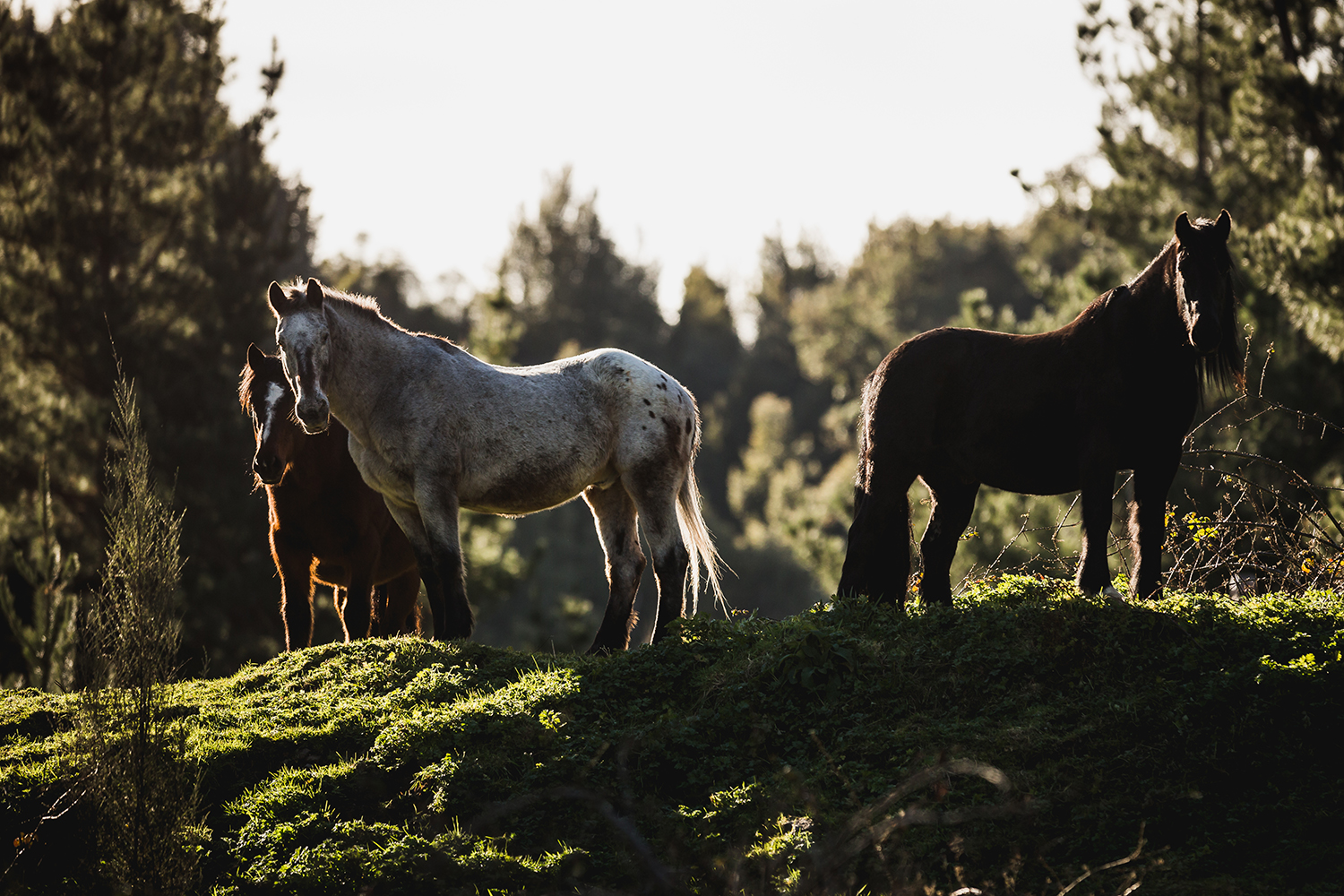
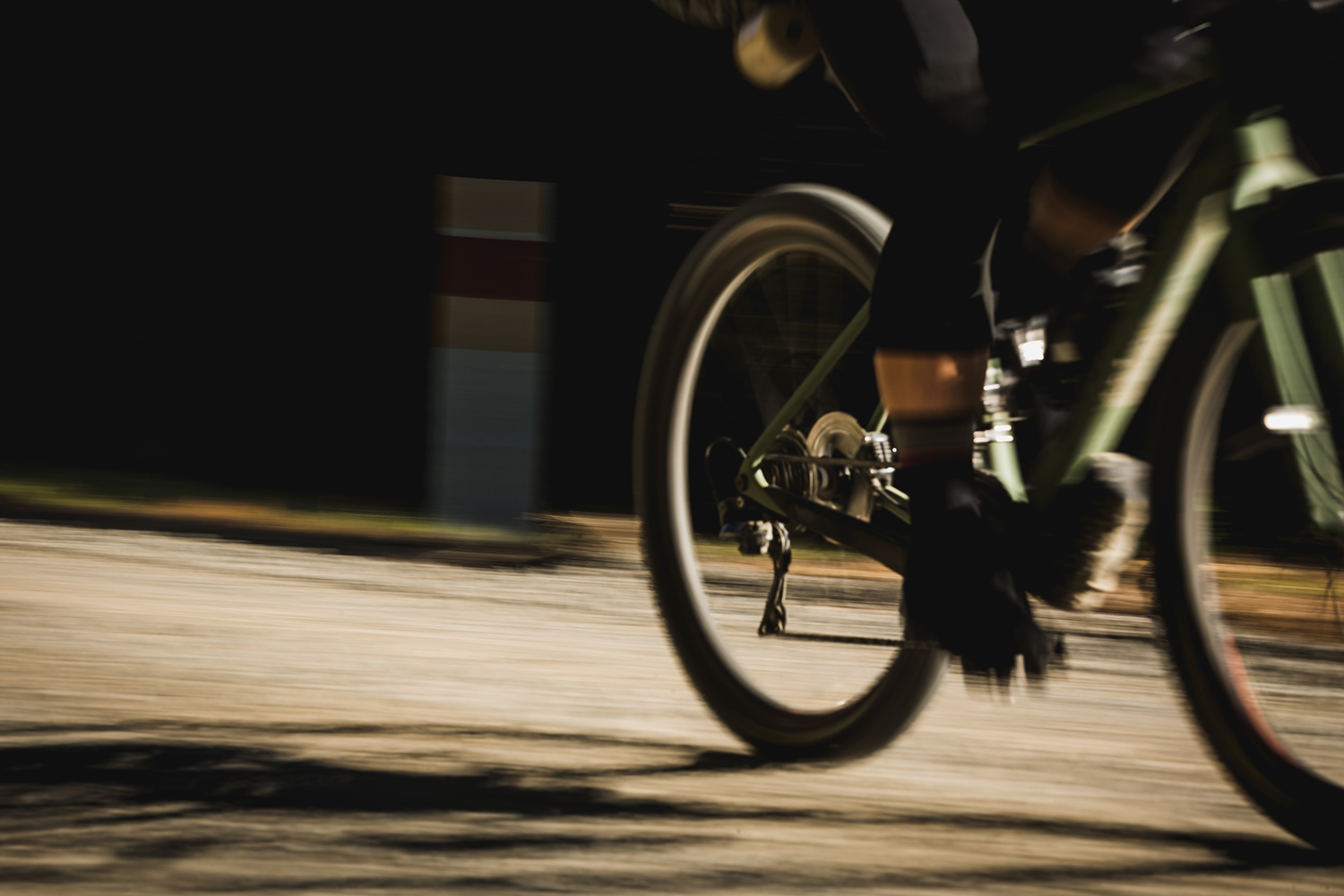
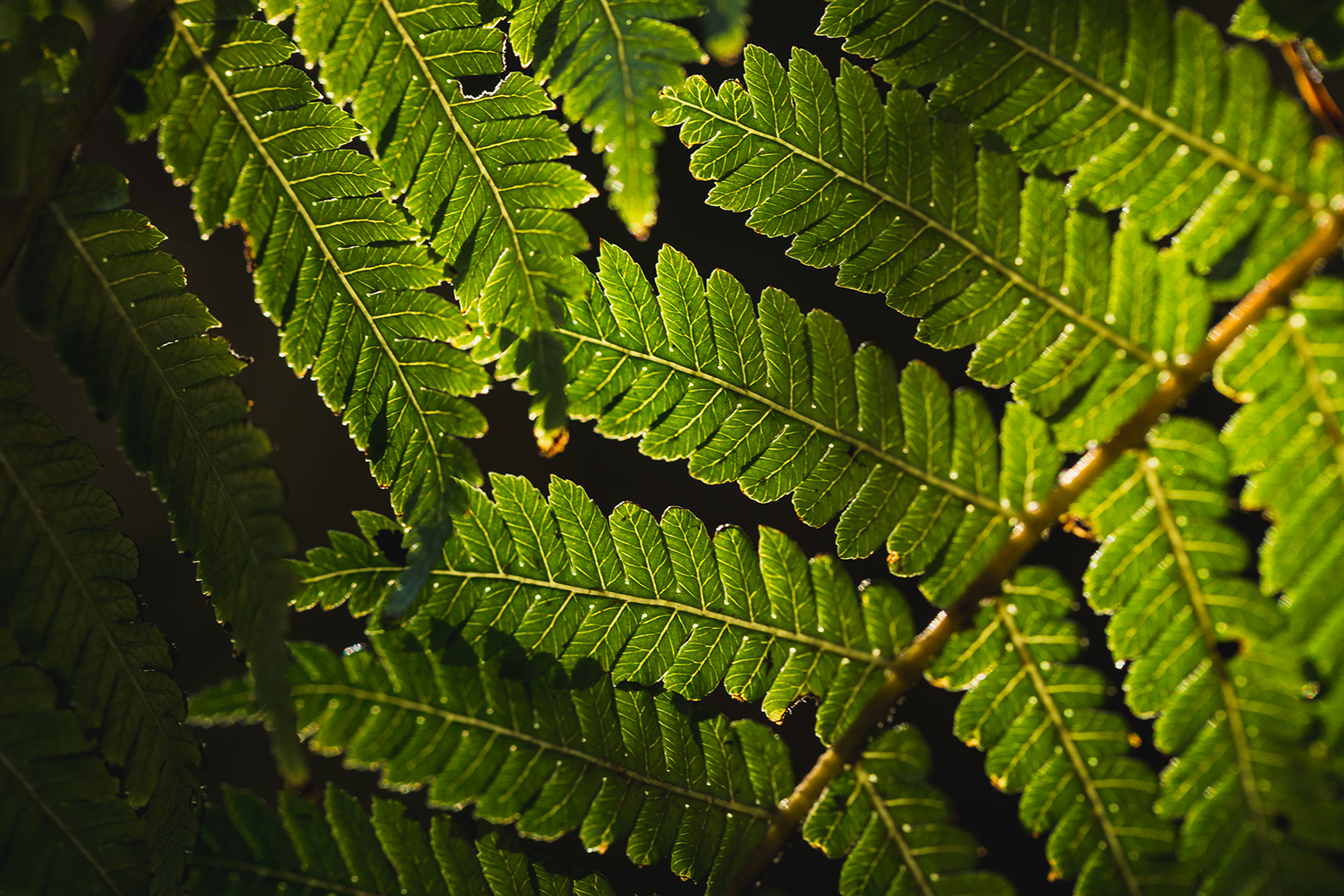
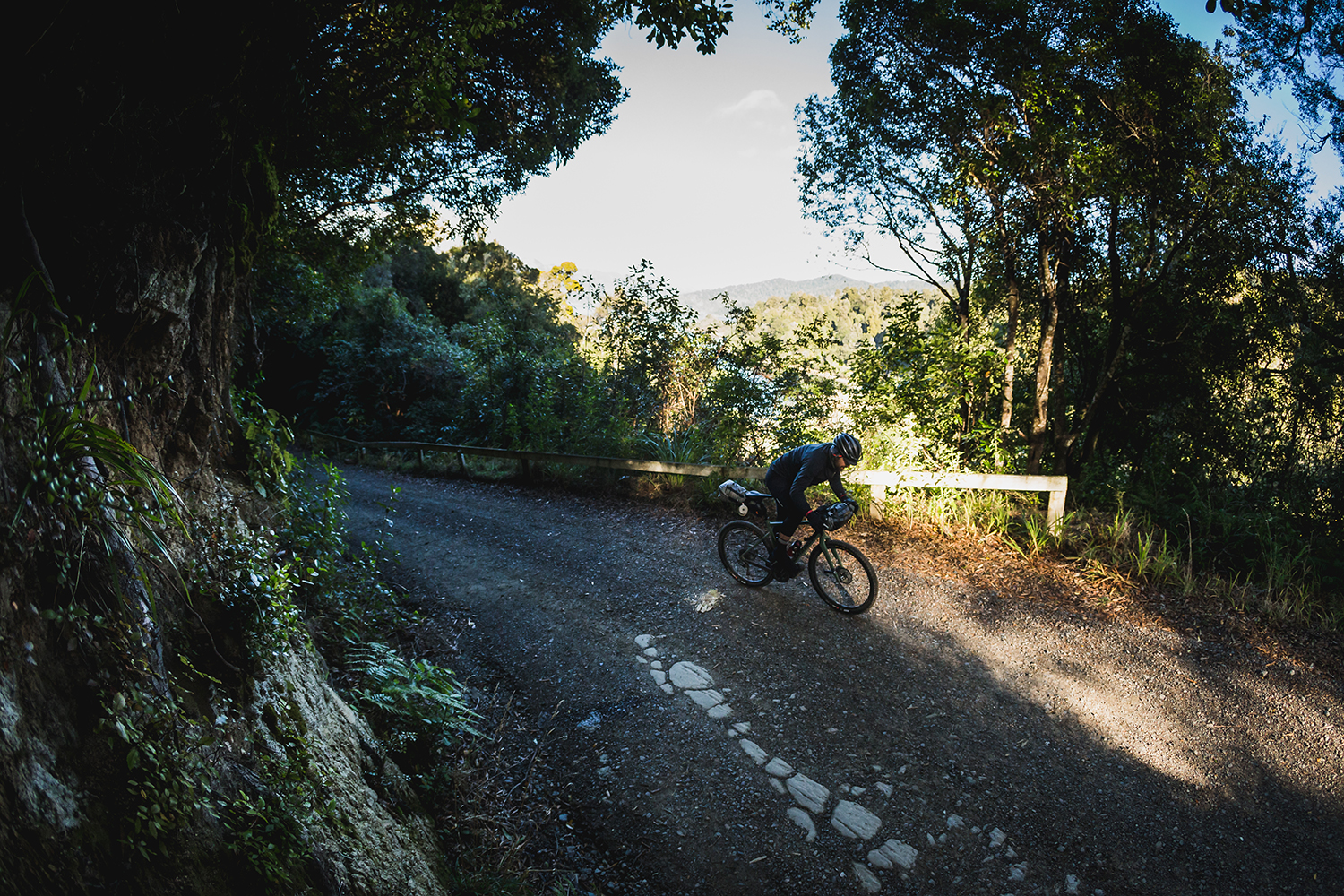
State Highway 38 is largely unsealed as it runs through rugged, remote and astonishingly beautiful land. In fact, Te Urewera is the largest wilderness region in the North Island, a primeval forest prized for its ecological systems, biodiversity and cultural heritage. In keeping with respecting their love for the land, Tūhoe Trust commissioned WSP Opus Research to investigate potential options for the resurfacing and maintenance of the section of SH38. The world-first solution is at the cutting-edge of innovative sustainability. It uses a tree resin, a natural by-product of the wood pulping process used in pulp and paper manufacturing, which is used in a novel way to bind the gravel and keep it in place. The result is a solution that suppresses dust – an issue on gravel roads as it obscures visibility – with waterproofing attributes that reduces the occurrence of potholes and corrugations. And, it’s supreme to ride on – it has a dirt feel and offers a ton of grip.
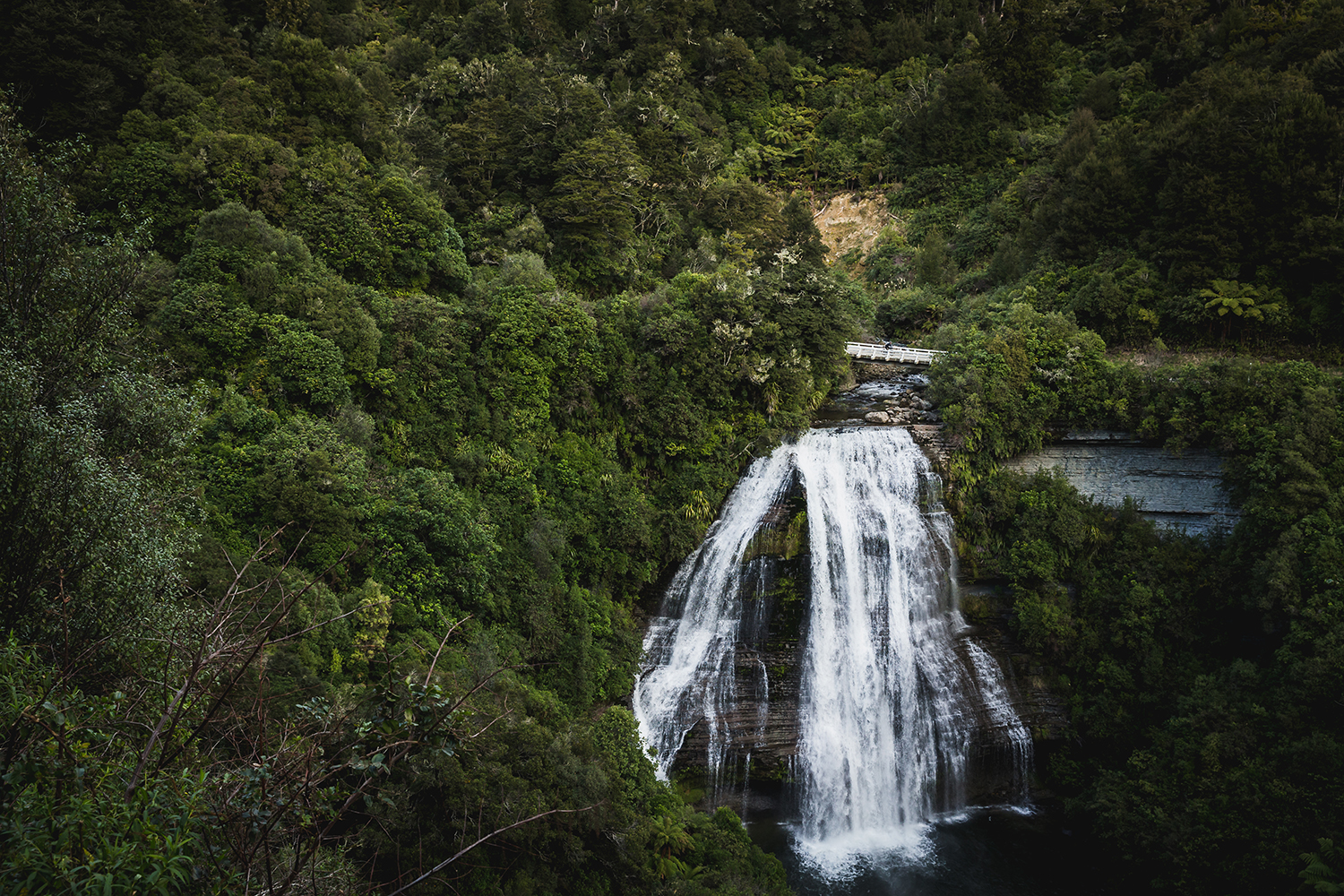
As I crested the saddle, a bloke pulled up in his Ute, looking a little jaded. Turns out he’d been in the bush for three days, hunting. I asked; “any deer in there?” He said; “nah, not really, got a few wild pigs though.” He continued to tell me, with mumbled speech, he’d been in there for a few days. I could see he was still coming to grips with not being in the bush, however, he wished me well and we went our separate ways.
The road meanders in and out of deep, dark forest. I needed my front light on – even in the middle of the day. The area is so shrouded with bush that it simply doesn’t allow much sunlight – especially in winter. After a few tight switchbacks off the saddle I pedaled along the Hopuruahine Stream. The Oranihikoia campsite was an ideal place to get water; I pulled out my water purification bottle (a must when venturing further afield) and nearly froze my bloody hand off! Nothing beats drinking fresh water from its natural source.
The next part of the ride came after I crossed a bridge, one of many along the road, with white water raging underneath it, making its way down into Lake Waikaremoana. Rock faces overhung the road and the small gravel lane barely made its way through this tight section. Mokau Falls was the next sightseeing stop, located at the head of the Mokau inlet. These are the most stunning waterfalls – and the road crosses over them, so you can’t miss them either way you ride.
The terrain is bloody unrelenting. This place will make you do the mahi (work) in order to receive the benefits. On my mapping device, the lake looked close, but I couldn’t see it. In fact, the lake remained quite elusive for a few more kilometres. Finally, the road opened up to Lake Waikaremoana. What a magnificent sight – inlets and deep blue water surrounded by bush ranges; a feast for the eyes. Misty mountains surround the lake, cloaked in ancient podocarp and beech forests.
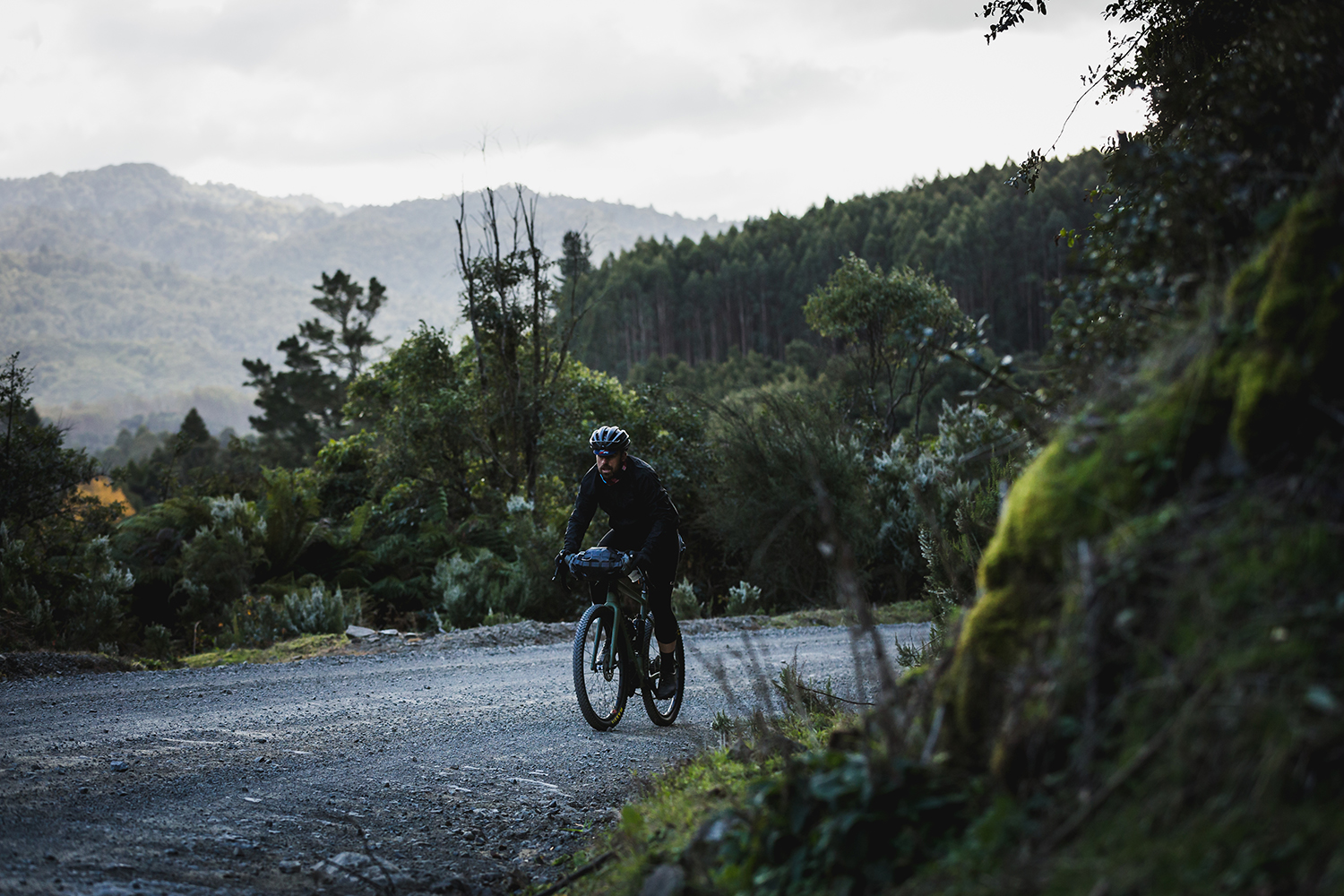
The Stay: Lake Waikaremoana Holiday Park is nestled on the shore of the lake. As it was deep in winter, I opted for a lakeside cabin. It fit right in with its natural environment: wooden, with a few bunk beds, a small kitchen, a heater (much needed) and a warm shower. On arrival, shortly after 5pm, it was almost pitch black. I swiftly got outta’ my kit and jumped into the shower – you can’t beat that feeling as your body starts to heat up after a long day in the cold. The body was tired, but I felt satisfied as I sipped a dark beer and cooked up a few snarlers (sausages). After a deep and peaceful sleep, I pulled back the curtains and could see a glimmer of the moon, shining on the lake. I brewed coffee and ventured back out to Lou’s Lookout to watch the sunrise.
The Ride – Part Two: My front light on full beam shone the way up the frosty dirt lane. The silhouette of the tall forest stood high above, showing me just how small I was in Te Urewera’s presence. I crested the hill and was in awe of dawn’s beauty over the Panekire Bluff. The sky’s colours were insane – orange, red and pink – and made the early morning ride worth it. I sat down to take it all in, looking out over the lake whilst sipping coffee out of my flask, I couldn’t think of a better spot to be.
In these places, often further afield, time seems irrelevant. I feel like, in these remote parts, you’re taught to take on life at a slower pace. We often rush from one thing to the next in life, whatever it might be, and sometimes we forget to see the small details that lie in front of us. On this particular morning, that was my awakening; perhaps I just needed some solo time or maybe Te Urewera was speaking to me, asking me to slow down.
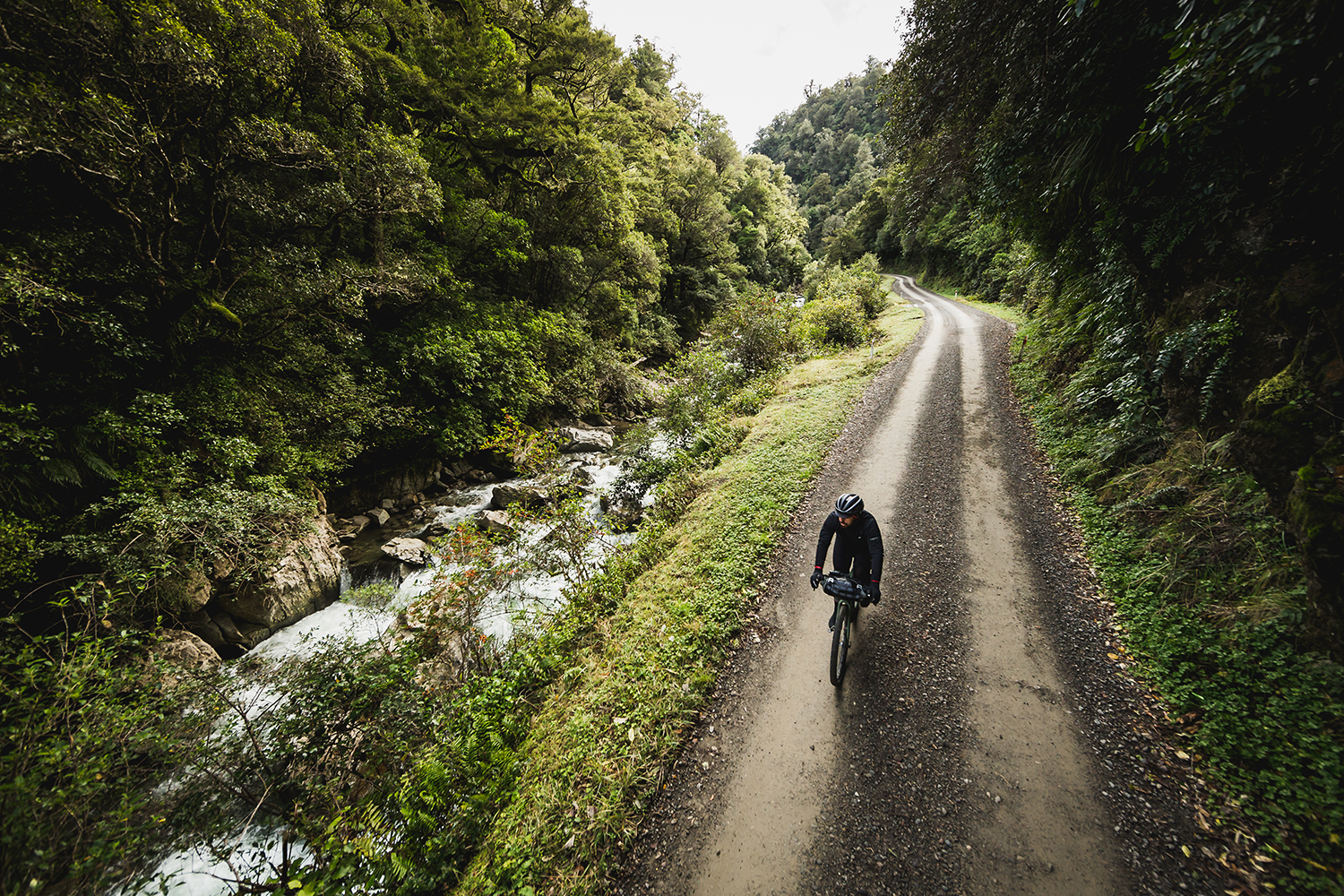
After watching the sun come up, I rode back down to Waikaremoana for a feed of hot porridge and another coffee. A picnic table set beside the lake’s shore was the ideal place for breakfast. Mist evaporated from the lake as hardy fishermen got their boats and reels ready for the day ahead. I strapped on my bikepacking bags and was excited for what might lie ahead.
Before I took off, I visited the Te Urewera Visitor Centre. This is a must if you’re passing through. They are always up for korero and will inform you of the area’s rich history. Erin Matariki Carr welcomed me in and brewed me a cuppa, then we sat by the wood burner and talked away. The discussion was deep and varied, and I felt like I was leaving a friend when I left. I learned several things about the land in this short history lesson, but the one that stood out the most was the fact that Te Urewera is a breathing person – it has a legal personhood – it owns itself. Tūhoe talk about it being like their mother. So, to me, it means whilst you can play in her arms, you must respect what she says.
On the road back, I detoured at Aniwaniwa Road. This takes you up a gravel road and then onto a trail, where you eventually see the Papakorito Falls. They stand at 20 metres and plunge off an escarpment into a large forest-fringed pool. The sheer mass of water that runs down the mountains – and the impact it makes when it hits the bottom – creates an intense spray. The water then runs into Waikaremoana at a rate of knots. This spot was stunning and, in my opinion, I think this is why an ‘out and back’ is so good. You get to stop at the spots you missed on the way there and you get to see the landscapes that were behind you on the first day.
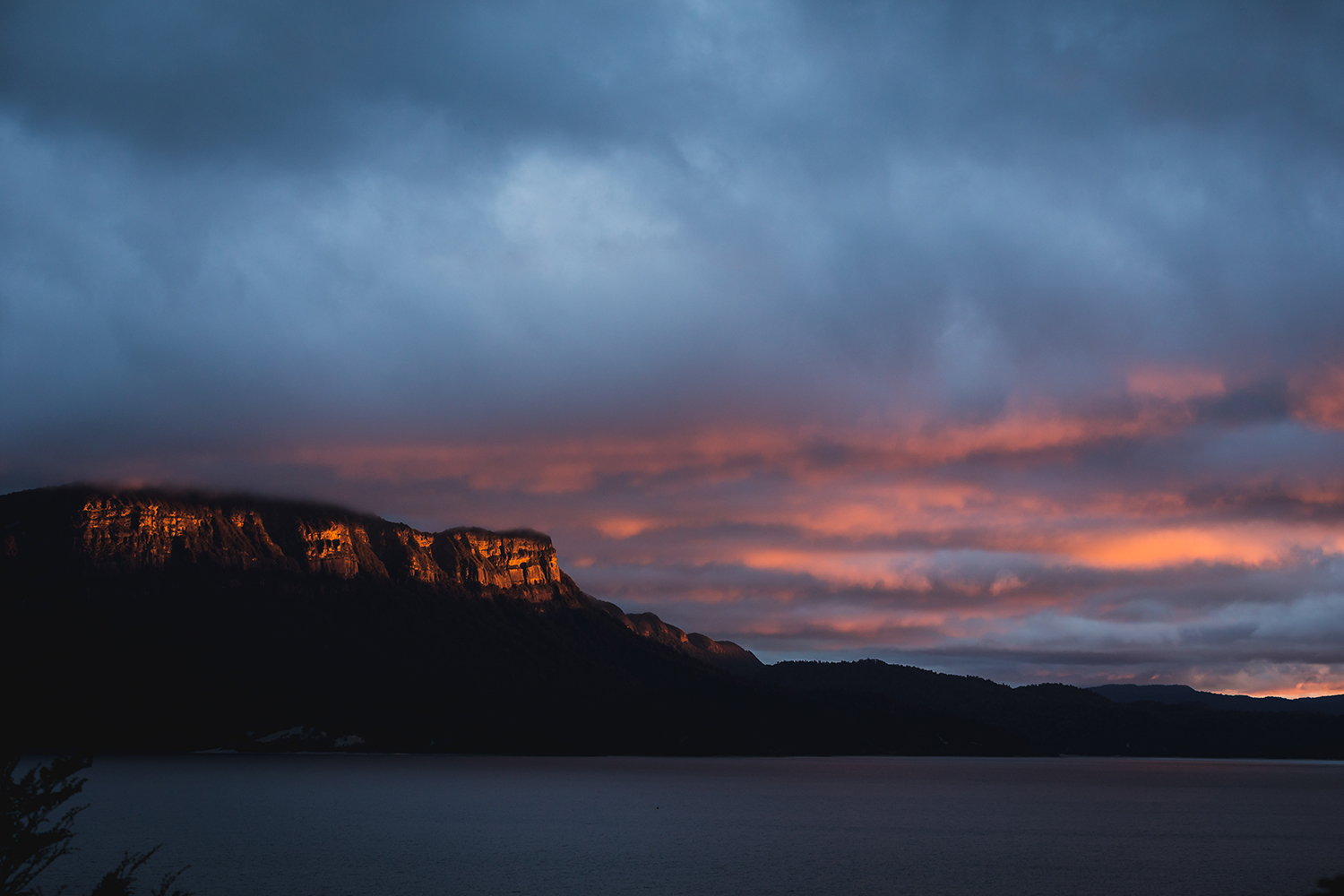
As I made my way back up the road, I often felt tiny amongst the prehistoric trees in Te Urewera’s ancient forest. The area is incredible and once you’re in, it does have a grip on you. Te Urewera makes you feel different; she has a way of making you feel apprehensive, but still has a warmness to her. Making my way back allowed me to take in a few of the sights I hadn’t seen on the way down. Often, I was the only one out there and hours would pass before I’d see a wild horse or maybe one car.
I finally rode back into the small village of Ruatahuna. I was the same but different. I like the anticipation of heading in and the sense of satisfaction when completing the ride; it makes the map research and the packing worth the effort. A few bros came up to me and asked me about my travels; I told them my story and they told me theirs. This is what I love about these places: sharing stories.
The Conclusion: The combination of dense native forest, and being so deep in the bush, made this ride closer to a mountain biking ride than a road ride. You get asense of the area’s history and the land’s spirit; and it has a certain grip on you, which isn’t the easiest to explain. Diesel fitness, rather than high-octane fitness, is needed for these long bikepacking hauls. You have to be mentally prepared too, as the area doesn’t give you anything easily. But being off the grid makes me get back to the basics. Often in these modern times, we are inundated with digital messages, so being answerable only to yourself for a few days feels restorative. For me, the bush also has a calming effect. It makes me play what’s in front of me now, rather than thinking about all the other stuff that needs to be done in the future. Sometimes I don’t want to return back to society but it’s needed, to make a living. We make a living to be able to return to nature – oh, the irony.


